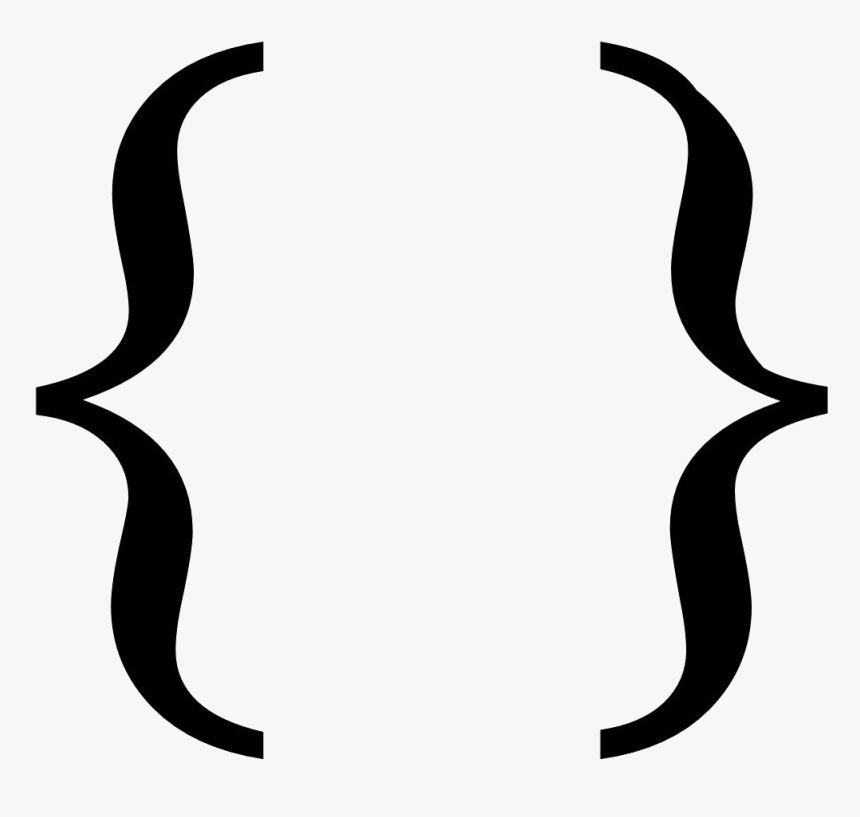Python Sets
 Namya Shah
Namya Shah
What are Sets?
Sets are used to store multiple items in a single variable.
myset = {"bigsmoke", "isnt", "hacker"}A set is a collection which is unordered and unindexed and do not allow duplicate values.
len()
We can use the function len(set1) to find the length of set.
set1 = {"bigsmoke", "hulk", "thor"} print(len(set1)) #4Access Set Items (using loops)
We can’t use indexing in sets to access a item. But we can use for loop to do this.
set1 = {"bigsmoke", "hulk", "thor"} for i in set1: print(i)add()
To add one item to a set use the add() method.
set1 = {"bigsmoke", "hulk", "thor"} set1.add("iron man") print(set1) # OUTPUT # {"bigsmoke", "hulk", "thor", "iron man"}set1 = {"bigsmoke", "hulk", "thor"} set2 = {"batman", "superman", "joker"} set3 = set1.update(set2) print(set3)set1 = {"bigsmoke", "hulk", "thor"} set1.remove("bigsmoke") print(set1)Delete an Entire Set
The del keyword will delete the set completely.
set1 = {"bigsmoke", "hulk", "thor"} del set1 print(set1) # You will get an error while running this function as "set1" is not definedClear an Entire Set
The clear() function will clear all the elements present in the set.
set1 = {"bigsmoke", "hulk", "thor"} set1.clear() print(set1)Copy of a set
The copy() function will copy all the elements from one set to another.
set1 = {"bigsmoke", "hulk", "thor"} set2 = set1.copy() print(set2)Difference between two sets
The difference() function returns a set containing the difference between two or more sets.
set1 = {apple, banana, mango} set2 = {microsoft, apple, oneplus} set3 = set1.difference(set2) print(set3)Printing single time appeared in both sets
The difference_update() removes the items in this set that are also included in another, specified set.
set1 = {"apple", "banana", "mango"} set2 = {"microsoft", "apple", "oneplus"} set3 = set1.difference_update(set2) print(set3)Removing the specified item
The discard() function removes the specified item
fruits = {"apple", "banana", "cherry"} fruits.discard("banana") print(fruits) # {"apple", "cherry"}Printing the intersection of two or more sets
The intersection() function returns a set, that is the intersection of two or more sets
x = {"apple", "banana", "cherry"} y = {"google", "microsoft", "apple"} z = x.intersection(y) print(z) # {"apple"}Removing item that is not present in both sets
The intersection_update() function removes the items in this set that are not present in other, specified set(s)
x = {"apple", "banana", "cherry"} y = {"google", "microsoft", "apple"} x.intersection_update(y) print(x) # As apple is common in both sets # {"apple"}Intersection of two sets possible or not
The isdisjoint() function returns whether two sets have an intersection or not
x = {"apple", "banana", "cherry"} y = {"google", "microsoft", "facebook"} z = x.isdisjoint(y) print(z) # Returns True if no common/same value is present in both sets. # TrueTo check whether set1 is present in set2
The issubset() function returns whether another set contains this set or not
x = {"a", "b", "c"} y = {"f", "e", "d", "c", "b", "a"} z = x.issubset(y) print(z) # Returns True if x set is present in y set # TrueTo check whether set2 is present in set1
The issuperset() function returns whether set 1 contains set 2 or not
x = {"f", "e", "d", "c", "b", "a"} y = {"a", "b", "c"} z = x.issuperset(y) print(z) # Return True if set y is present in set x # TrueRemoving an element from the set
The pop() function removes a random element from the set
fruits = {"apple", "banana", "cherry"} fruits.pop() print(fruits) # It can remove random element so you can't say any specific valueRemoving a specific element from the set
The remove() function removes the specified element
fruits = {"apple", "banana", "cherry"} fruits.remove("banana") print(fruits) # Removes banana from the set # {"apple", "cherry"}To find symmetric difference between two sets
The symmetric_difference() function returns a set with the symmetric differences of two sets
x = {"apple", "banana", "cherry"} y = {"google", "microsoft", "apple"} z = x.symmetric_difference(y) print(z) # It returns values that are different in both sets # {"banana", "cherry", "google", "microsoft"}To insert symmetric difference elements from both sets
The symmetric_difference_update() function inserts the symmetric differences from this set and another
x = {"apple", "banana", "cherry"} y = {"google", "microsoft", "apple"} x.symmetric_difference_update(y) print(x) # It functions same as symmetric_difference() function # {"banana", "google", "cherry", "microsoft"}To add elements from both sets
The union() function returns a set, containing the union of sets
set1 = {"bigsmoke", "hulk", "thor"} set2 = {"batman", "superman", "joker"} set3 = set1.union(set2) print(set3) # It unifies both the sets #{"bigsmoke", "hulk", "thor", "batman", "superman", "joker"}Updating set with another set
The update() function updates the set with another set, or any other iterable
x = {"apple", "banana", "cherry"} y = {"google", "microsoft", "apple"} x.update(y) print(x) # It combines two sets into one # {"apple", "banana", "cherry", "google", "microsoft"}
Subscribe to my newsletter
Read articles from Namya Shah directly inside your inbox. Subscribe to the newsletter, and don't miss out.
Written by

Namya Shah
Namya Shah
I am a developer who is very enthusiast about technology and coding.